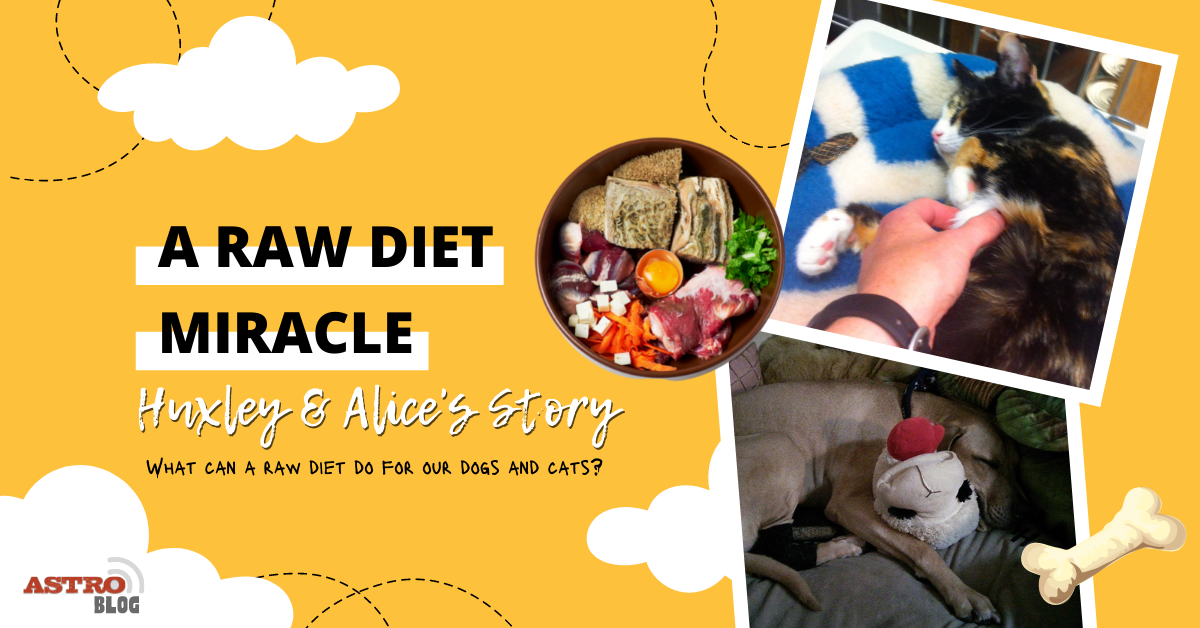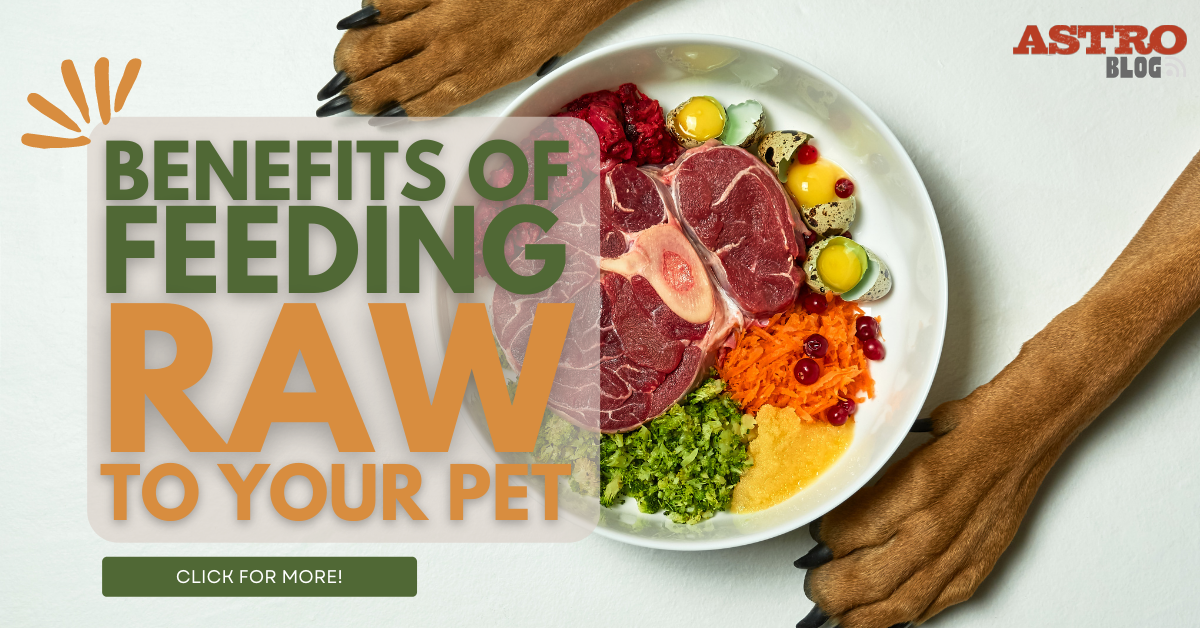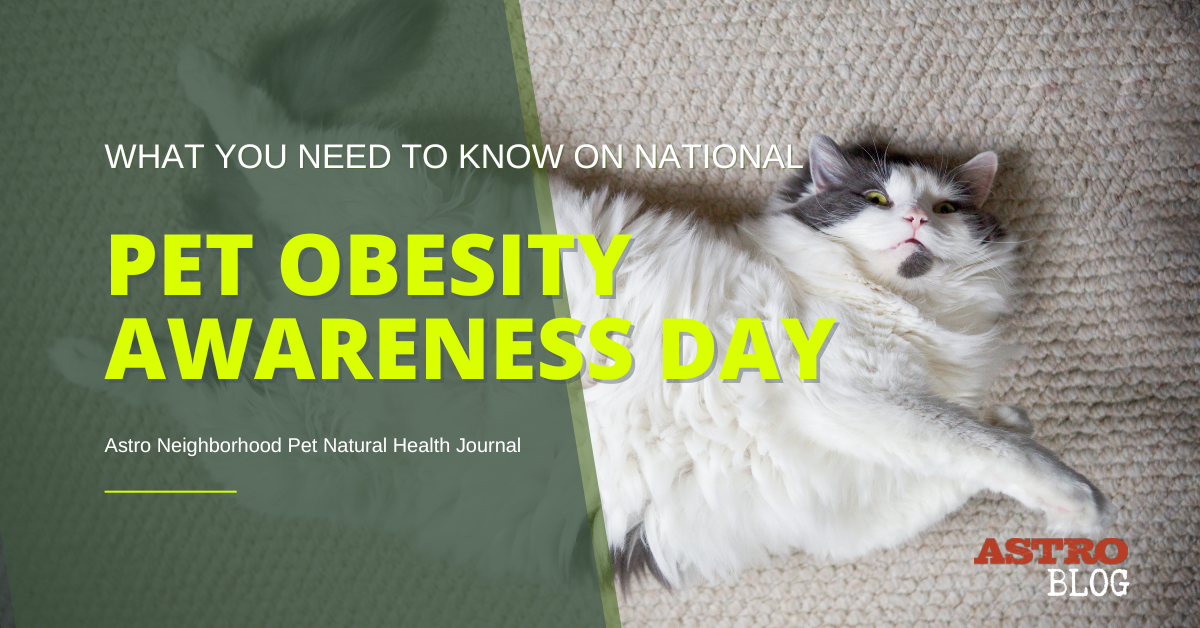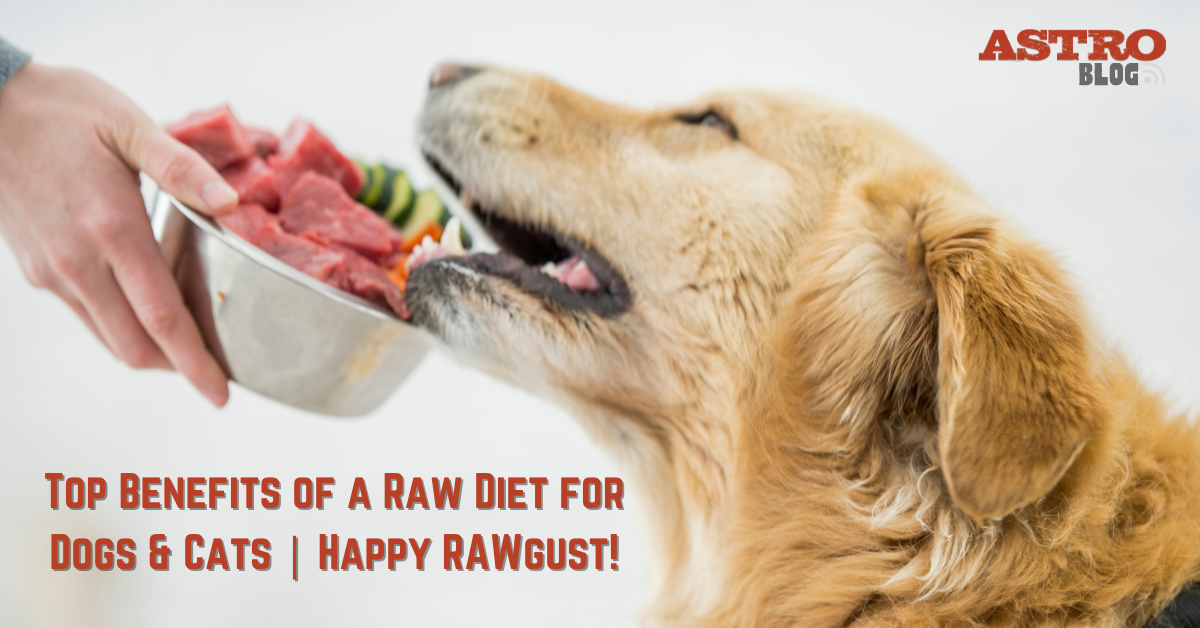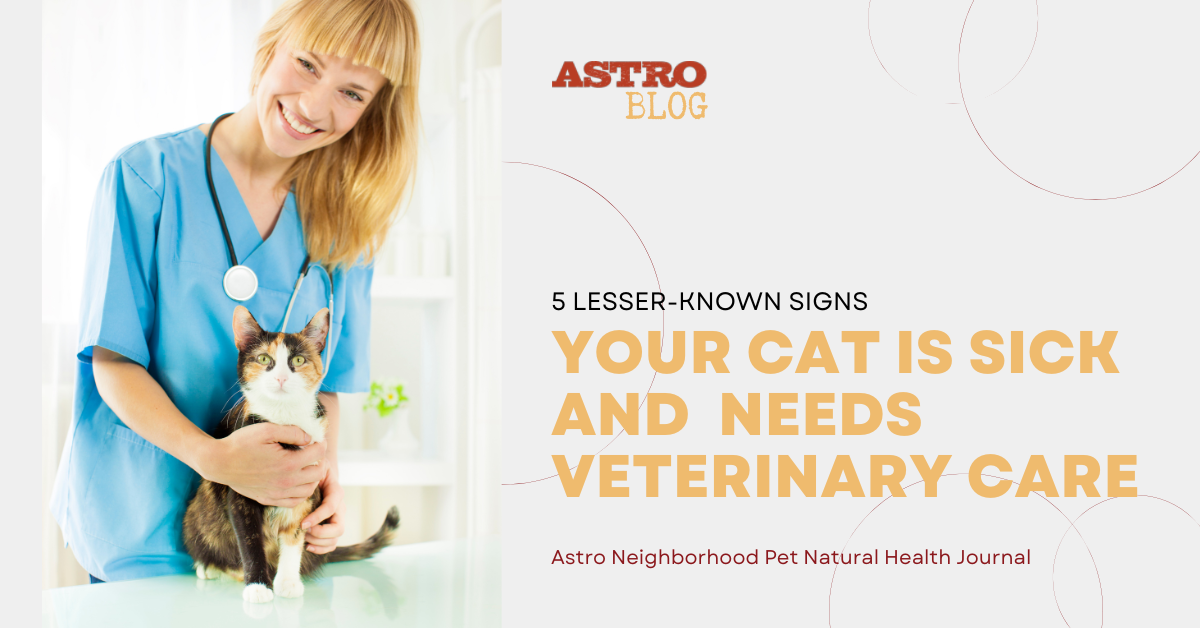You’ve probably heard the rumors — dogs aren’t carnivores! Right? Well, the answer is complicated. There are several factors to consider when classifying dogs as omnivores or carnivores, and even more factors to consider when crafting the healthiest possible diet for your canine companion.
Keep reading to learn more about your dog and to get a few tips on the best way to boost their nutrition.
Is Your Dog an Omnivore?
An omnivore is classified as an animal that eats both animal- and plant-derived food. The term “carnivore” can be further broken down into obligate and facultative carnivores. You may have heard the term “obligate carnivore” in reference to your favorite lap warmer, the housecat. Felines are obligate carnivores, meaning they rely entirely upon meat and flesh to sustain them. They don’t have the proper tools in their kitty arsenal to break down, digest, or pull nutrients from plant material.
Dogs are considered facultative carnivores, a term which many people interchange with “omnivore.” Though, they aren’t exactly the same thing, at least in concept. Facultative carnivores may eat non-animal-derived food (not meat) in addition to animal-derived food. It can be misleading to call dogs omnivores because to many people, this means that dogs should easily be able to thrive on a completely non-meat-based diet, which is widely considered to be false.
So, Can Your Dog Be a Vegan?
Though a dog may technically be able to survive on the plant-based protein in a plant-based diet, it is very challenging to get the balance right. This puts them at risk of protein deficiency, vitamin and mineral deficiency, and amino acid imbalances with taurine and L-carnitine. Though dogs’ gastrointestinal tracts can digest some plant material better than a cat’s, for example, dogs don’t effectively digest high volumes of plant matter and fiber.
This is why the grand majority of vets, including the British Veterinary Association, strongly advise against putting dogs on plant-based vegetarian and vegan diets.
Tip #1: A Balanced Diet Is a Meat-Based Diet

Some canine attributes make it clear they are meat eaters, like their canine teeth, their inability to grind their teeth together to break down plant matter, and their shorter digestive tracts (compared to many herbivores and omnivores). Although, there are also things that make it clear that the domestic dog is able to digest and pull nutrients from carbohydrates more effectively than their ancestors.
Animal-based food naturally has so many of the nutrients and minerals that dogs need to be healthy and happy. Upon eating, dogs’ stomachs become significantly more acidic than a human’s, allowing them to break down large pieces of meat (and even tendons, bones, etc.) more easily.
Therefore, a balanced dog diet will also include high-quality non-animal-based foods such as vegetables and fruits. Some safe examples that are also high in essential vitamins include carrots, sweet potatoes, green beans, peas, bananas, and blueberries.
Tip #2: Consider Going Raw
Adding raw foods to your dog’s diet can provide them with many benefits. First and foremost, raw meat and animal products have healthy bacteria and nutrients that are often lost in the cooking process for kibble and wet foods. While cooking food helps increase the shelf-life of the product due to killing off rot-causing bacteria, it kills the good bacteria and leaches out other nutrients in the process.
This good bacteria can help improve dogs’ gut microbiomes, which is beneficial for many other aspects of your dog’s health. After your dog gets used to eating raw foods, you may notice that their bathroom breaks go a lot smoother as well, as raw foods can aid digestion.
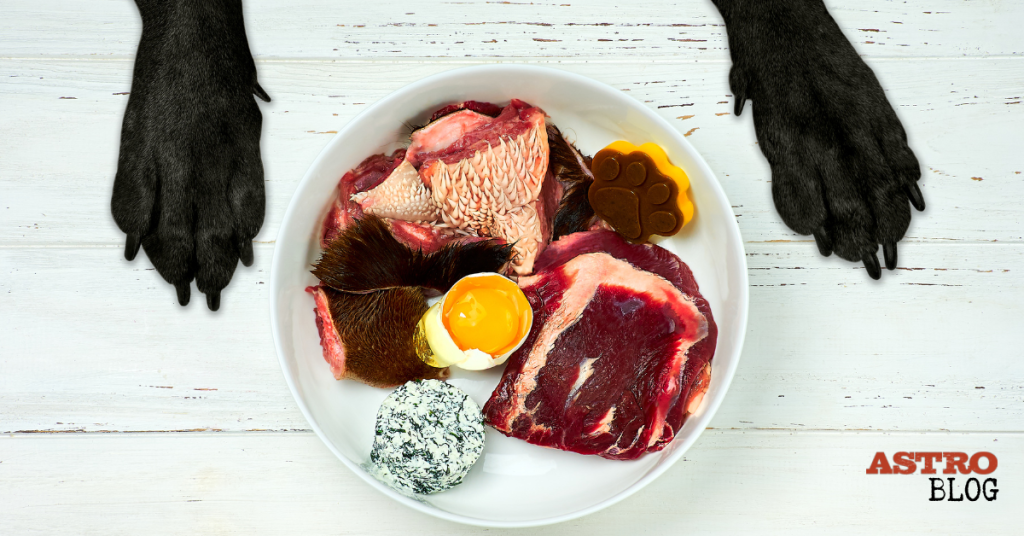
Please be mindful that if you decide to add raw foods into your pet’s mealtimes, or if you want to switch your pet over to a raw diet entirely, you should do so slowly. A sudden change can make your dog sick to its stomach, and you may notice abnormal digestion. You can read more about raw diets and get tips for transitioning here!
Your neighborhood pet shop is also a great resource for when you are ready to incorporate raw into your dog’s diet. You can go 100%, or 50% or less. Even adding a little raw can go a long way towards improving your dog’s health.
Tip #3: Avoid a Completely Dry Diet
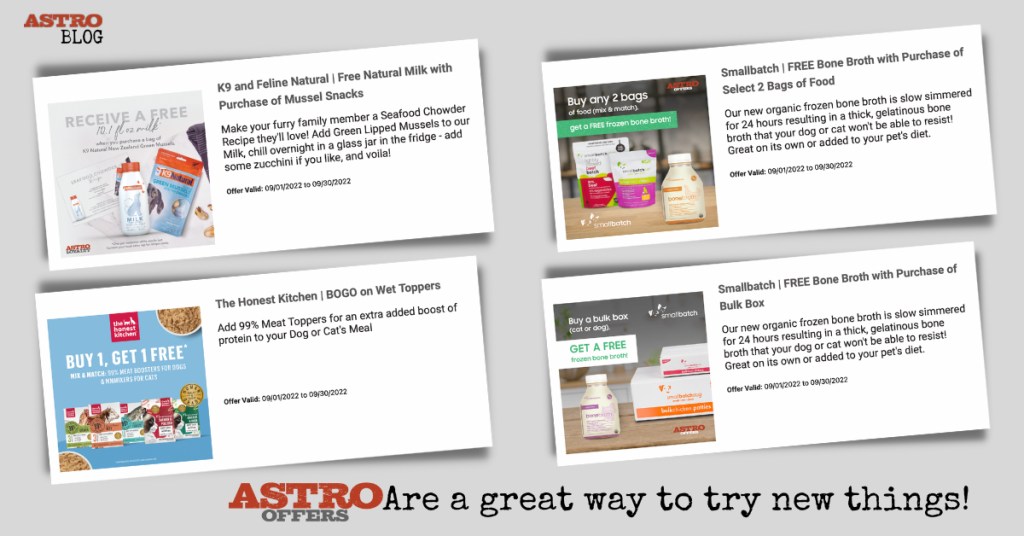
If your dog’s diet consists mostly of dried kibble, consider adding some moisture to the mix. Soaking your dog’s dry food in some warm water, or better yet, some warm supplemental broth, before meal time can have multiple positive effects.
It helps with digestion by breaking down the food molecules beforehand so your dog can more easily absorb the nutrients. Since dry food expands in water, this strategy can also make your dog feel more sated after meal time. Additionally, adding in extra water helps keep your dog hydrated.
One way to take this tip to the next level is by getting some supplemental broth or goat’s milk — either liquid or a dissolvable powder — to add to your dog’s food. This is a great way to make your dog’s food tastier, gentler on their gastrointestinal systems, and more nutrient and mineral-rich.
Mixing in a wet diet, such as a gently cooked stew or a human-grade re-hydrated meal, is another simple and nutritious way to add moisture. Your neighborhood pet shop is bound to have all kinds of nutrient-rich wet and liquid toppers such as bone broth, goat’s milk, fish stock, wet diets, and more. They may even have an Astro Offer!
Conclusion
Eating meat is natural for dogs, but the modern-day housedog indeed has better tools for digesting carbohydrates than their wolf ancestors, and dogs can eat and absorb nutrients from both animal-based foods and plant-based foods. This is why dogs are considered to be either omnivores or facultative carnivores.
With that said, those who implement a strictly vegan or vegetarian diet for dogs are ultimately putting them at risk, as it is all too easy for dogs to suffer from vitamin and mineral deficiencies, digestion problems, and more.
In addition to providing a meat-based diet, there are a few other ways to improve your dog’s nutrition. Adding moisture to your dog’s food can help with digestion, and adding raw foods into their diet can have numerous benefits for their health and happiness.
Preparing your dog’s evening meal can also be a lot of fun and very satisfying. Mix things up and keep it fresh (figuratively and literally). Your local pet nutrition gurus at your neighborhood pet shop have done their research, and they would love nothing more than to talk with you about pet nutrition. So ask questions. Seek advice from those you trust. And follow your local pet shop on social media – you won’t regret it.
Speaking of satisfying, watching someone prepare a doggo’s dinner is now one of my favorite things to watch on TikTok. Check out some of these inspiring posts by Doodle Dogs in Calgary, Canada.
@doodledogsyyc We love being creative with fresh food for our dogs🐶! What benefits do you see from fresh feeding ❓ #yyc #calgary #dogs #dogfood #petfood #rawfeddog ♬ Dj We Found Love X Stereo Love - Indra Gobel
@doodledogsyyc Adding fresh, whole foods - that you already have 🧡. #yyc #calgary #petfood #dogs #rawfeddog ♬ TiK ToK - Kesha
@doodledogsyyc Fresh is > processed. Variety > than same meal. ❤️🐟🐔 #alberta #yyc #rawfeddog #staffylove @bigcountryraw @BoldbyNature ♬ Sunroof - Nicky Youre & dazy



